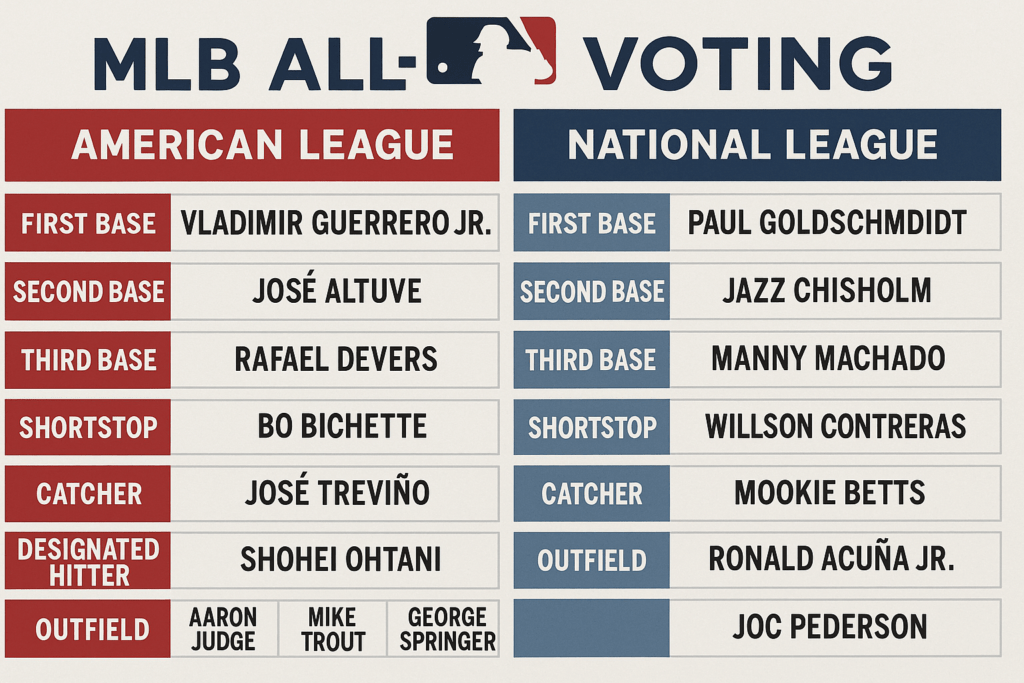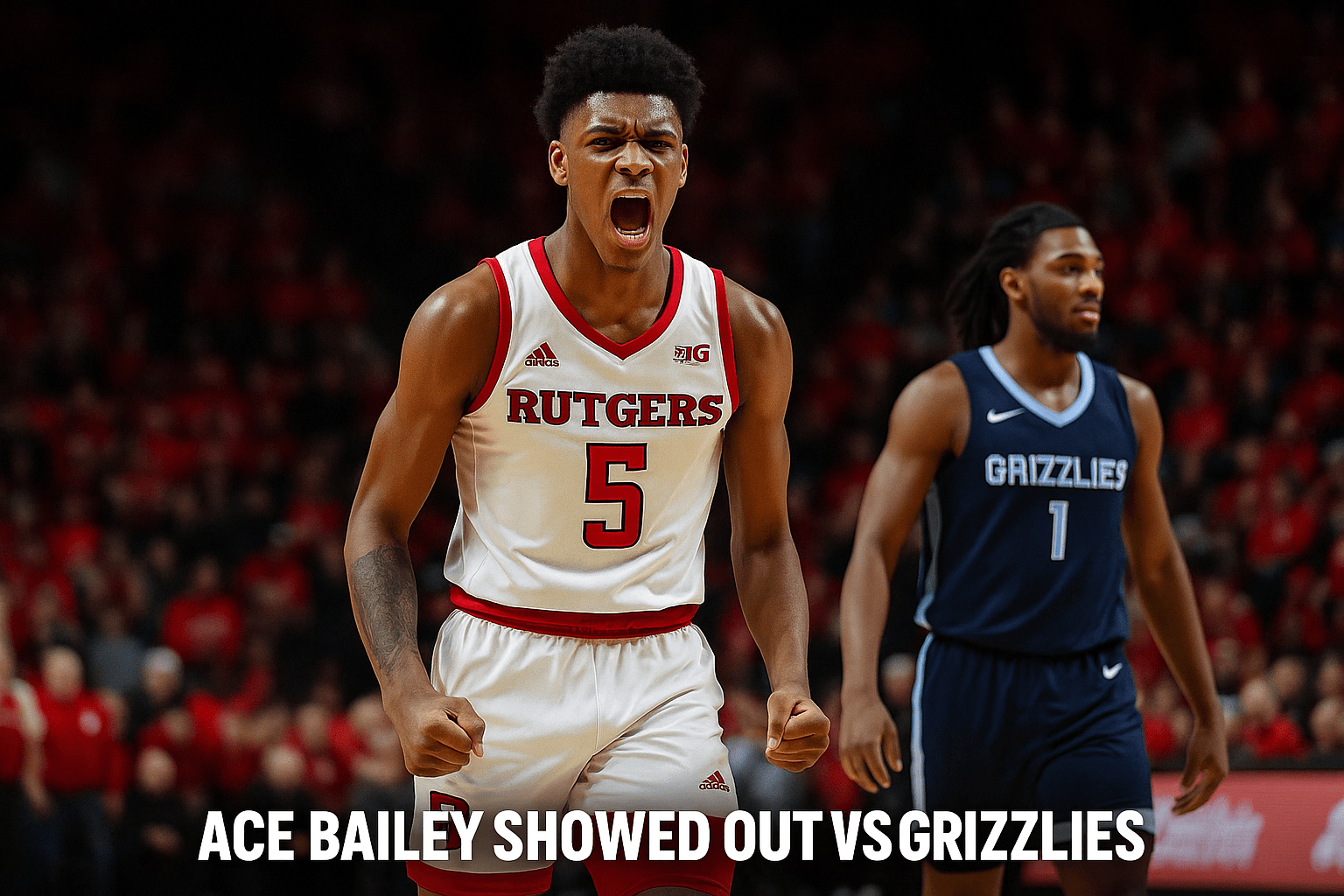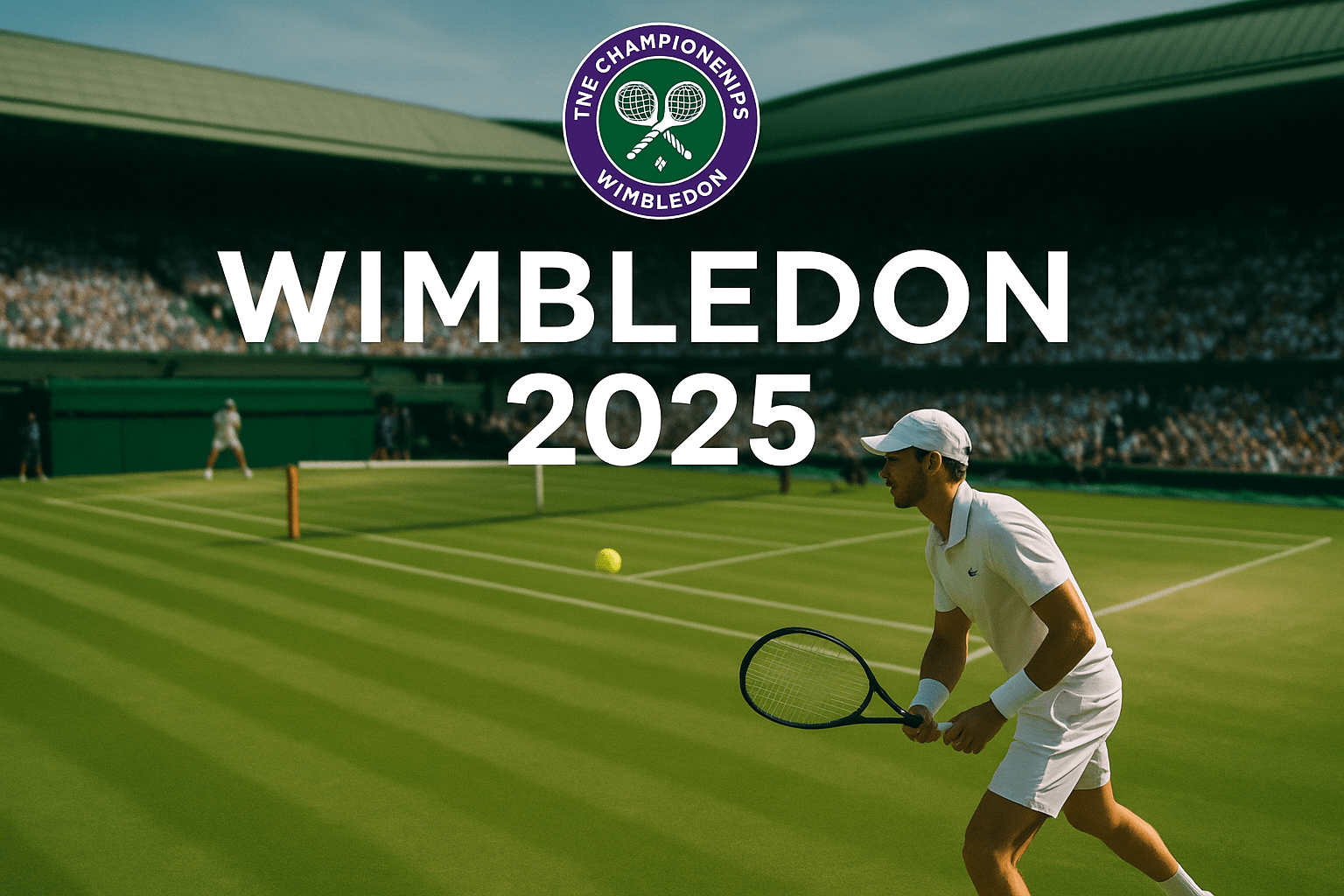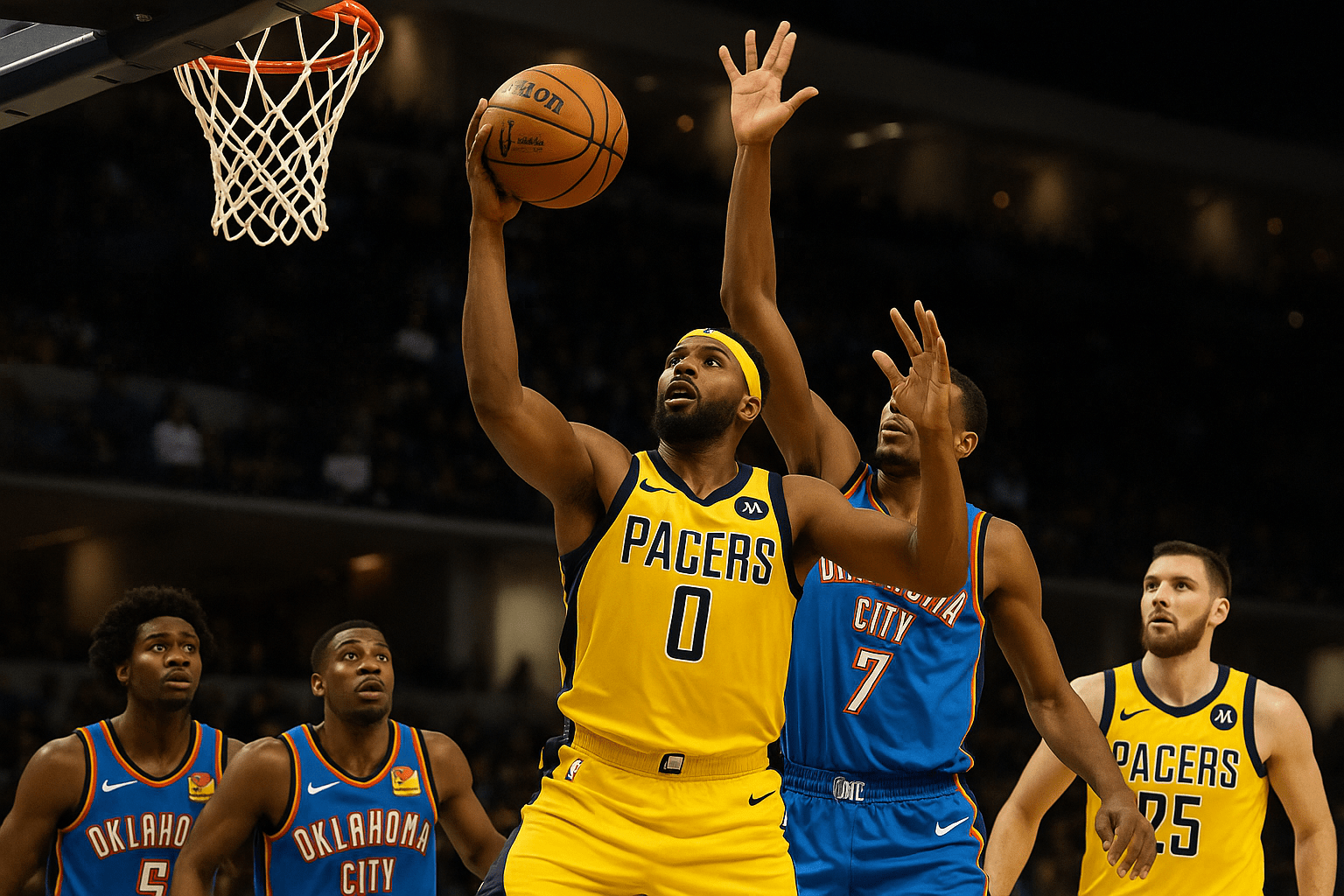The ballots closed, but the debates didn’t. They never do—not in baseball, not when it comes to the MLB All Star Voting. This isn’t just about numbers on a page or a list of starters. It’s about legacy. About reputation. About the tension between cold stats and the pulse of the fans. And in 2025, that tension was louder than ever.
What made this year’s All Star voting so explosive wasn’t just who made the cut—it was who didn’t. It was about the close races that sparked city-wide campaigns, the veterans clinging to one more shot, and the young stars trying to force their names into the elite conversations before the game had even started. MLB All Star Voting 2025 turned into something far more emotional than a spreadsheet.
You could feel it in the ballparks, you could read it in the headlines, and if you were watching the games that shaped the rosters, you know the choices didn’t come easy.
A New Era of Stars: The Vote Meets the Moment
Every year, fans, players, and managers vote. But not every year feels like this one. The balance of power in MLB shifted over the past twelve months. Some of the biggest names faded while new blood surged into the spotlight. By May, the MVP race was already influencing ballots, and the vs matchups between top contenders were treated like auditions under floodlights.
Take the case of Wyatt Langford, the Texas slugger whose bat had been on fire since Opening Day. His numbers were dazzling: 23 home runs, 61 RBIs, and an OPS north of .970. His defensive highlight reel was catching fire online. But even with all that, he was locked in a tight race with Mike Trout, whose legacy seemed to carry its own gravitational pull in MLB All Star Voting. Fans were torn between present form and past brilliance. The narrative wasn’t Langford vs Trout—it was today vs yesterday, performance vs nostalgia.
Ultimately, Langford edged into the starting lineup, marking a generational shift. But the vote breakdown revealed a deep divide between old-school fans and the analytic crowd. And in that divide lived the soul of this year’s debate.
Stats, Silence, and Snubs: The Voices That Didn’t Get In
Every year has its snubs, but 2025 seemed to deliver them with more bite. Bobby Witt Jr., for example, had been putting together an MVP-caliber season by June—batting .321, with 18 homers and 30 stolen bases. His WAR was among the highest in the American League. Yet he found himself as a reserve, not a starter. The backlash was instant, especially from Kansas City fans, who’d watched him carry the team through rough patches.
The argument wasn’t just about numbers. It was about what he meant to the team, how he changed the match dynamics every time he stepped onto the field. “You can’t calculate presence,” one coach said after he was left off the starter list. But apparently, MLB All Star Voting tried.
In the National League, the snub story belonged to Bryan Reynolds. Quietly consistent, Reynolds was among league leaders in doubles and total bases, and had one of the best outfield arms in the game. Yet the flashier names, many with weaker stats, edged him out through sheer fan base volume.
This year exposed a hard truth: sometimes, who gets in has less to do with impact and more to do with visibility. And in 2025, that gap was wider than ever.
The Matchups That Made the Difference
By midseason, everything became a campaign. Players understood that vs games against their voting rivals were going to matter—not just for standings, but for reputation.
When Gunnar Henderson faced off against Bo Bichette in early June, it wasn’t just an AL East battle. It was a popularity war, a swing-state matchup in the baseball version of an election cycle. Henderson came into that series with louder buzz, but Bichette left it with more headlines. Over three games, Bichette went 7-for-11 with two homers, while Henderson struggled at the plate. Those three games arguably tipped the voting scale. That’s how narrow these margins are. That’s how much a single match can matter.
And then there was the pitching duel of the year: Spencer Strider vs Zack Wheeler. Both were chasing a starting nod for the National League. In a head-to-head June showdown, Strider fanned 13 in seven innings while Wheeler gave up four early runs. It was a statement game, and the votes reflected it. Strider’s dominance vaulted him into the top spot, despite a slightly higher ERA than Wheeler overall.
In a season like this, every outing was a platform. Every match was a message.
Fan Power, Marketing Wars, and the Click that Counts
Voting in the digital age doesn’t happen in a vacuum. Teams campaign now like it’s a presidential election. Graphics, hashtags, social media blitzes—every angle is explored. Some even bring in influencers, ex-players, or celebrities to push the message.
The Braves launched a “Vote the Battery” campaign that went viral, showcasing Austin Riley and Ozzie Albies in cinematic slow motion with call-to-action posts. Meanwhile, the Dodgers leaned into their national reach, using TV spots and appearances to drive home the case for Shohei Ohtani and Mookie Betts.
It worked. Ohtani, though having a slightly underwhelming power season compared to previous years, led all players in MLB All Star Voting—not just because of his play, but because of his presence. No other player brings fans from around the globe the way he does.
But this also reignited the old argument: should All Star spots be earned strictly through stats, or is fan passion part of the point?
There’s no simple answer. But in 2025, the votes screamed louder than the metrics in more than one case.
Beyond the Starters: Redemption in the Reserves
Once the starters were set, attention turned to the reserves. And here, justice found some footing. Both Aaron Judge and Francisco Lindor, having quiet seasons by their standards, were left out of the starting lineup but were given nods by coaches and league officials.
It was a reminder that MLB All Star Voting, while fan-driven, isn’t the end-all. The people inside the game—those who see the grind, the preparation, the hidden contributions—still have a voice.
And then there were the late bloomers, like Elly De La Cruz, who surged through June with a string of electric performances. His stolen base numbers were absurd. His energy infectious. His spot on the roster wasn’t just a reward—it was a celebration of style and swagger.
Even in the selection of backups, the vs mindset lingered. Analysts debated which pitchers deserved the extra slot. Was it the young breakout with fewer innings but better strikeouts? Or the veteran with steady stats and leadership in the clubhouse? In the end, the balance leaned slightly toward youth—but not without resistance.
What the Stats Said About the Fans
There’s a fascinating layer to MLB All Star Voting that doesn’t involve player performance at all—it’s about voter behavior. Data analysts this year studied how fans voted across regions, timeframes, and even following high-profile games.
One noticeable trend: a player’s performance in nationally televised matchups had a significant correlation with spikes in votes. In other words, if you performed well under the lights, the fans noticed. It confirmed what many already suspected—the eyes that matter are the ones watching when the pressure’s on.
Another pattern: social media virality played a bigger role than ever. Players like Jazz Chisholm Jr. saw vote surges after highlight clips trended online, even if their numbers didn’t match others at their position. Stats tell part of the story. But in 2025, momentum told the rest.
A Game Set, But Not Settled
With rosters finalized and the All Star match looming, there’s still an unresolved energy in the air. Some fans are thrilled. Others are furious. But that’s the beauty of it.
MLB All Star Voting 2025 wasn’t just about picking a team. It was about defining what matters most in baseball today. Is it stats? Is it story? Is it loyalty? Is it excitement?
Maybe it’s all of it.
But one thing is certain—when the players step onto the field for that midsummer classic, every name on that lineup card carries more than numbers. They carry cities. Expectations. Challenges answered and challenges issued.
This year’s game isn’t just another exhibition. It’s a reflection of a league in motion, of fans who care deeply, and of athletes writing their stories in real time.
And when the first pitch is thrown, remember this: every vote had a ripple. Every vs moment meant something. And every stat, for all its precision, is still just one part of a much bigger picture.




